Table of Contents
Introduction to Blackening Season
Spice is the soul of any great dish, and blackening season is a flavor powerhouse that brings boldness, heat, and depth to your cooking. Whether you're a seasoned chef or just starting out, understanding what blackening season is and how to use it can elevate your culinary game. In this guide, we'll dive into everything you need to know about blackening season—its history, ingredients, uses, and tips for making the most of it.
What Is Blackening Season?
Blackening season is a spice blend commonly used in Southern and Creole cuisine, especially in dishes like blackened fish, chicken, and shrimp. It’s known for its deep, smoky, and slightly spicy flavor profile. The term "blackening" comes from the technique of searing food over high heat until the spices form a dark, crusty layer on the surface—a process that not only enhances flavor but also gives the dish an attractive appearance.
Although the exact composition of blackening season can vary by recipe or brand, it typically includes a mix of spices such as paprika, cayenne pepper, garlic powder, onion powder, black pepper, thyme, oregano, and sometimes even mustard or brown sugar. This combination creates a complex flavor that balances heat, smokiness, and earthiness.
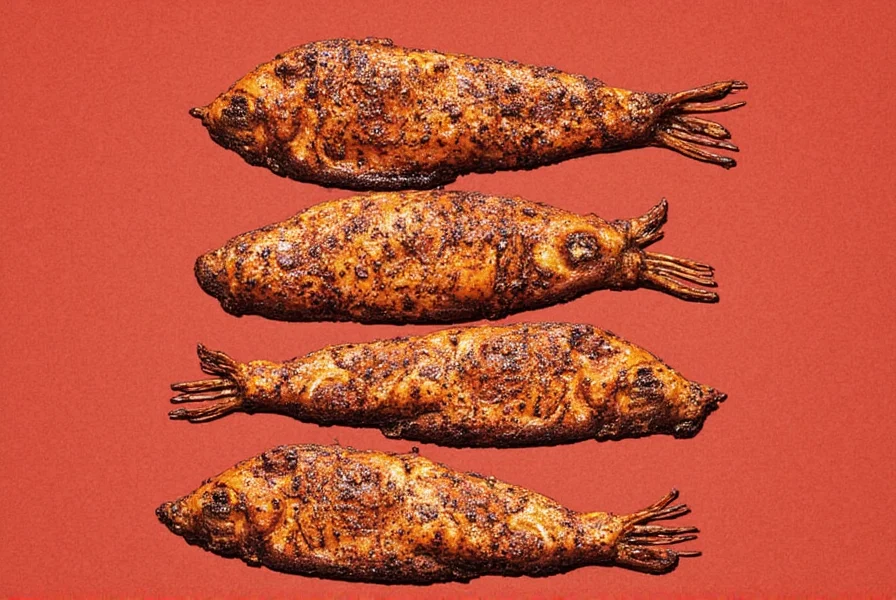
Key Ingredients in Blackening Season
To understand blackening season better, let's break down some of the most common ingredients found in it:
- Paprika: Adds a sweet and smoky base to the blend.
- Cayenne Pepper: Provides the signature heat.
- Garlic Powder: Adds a savory, umami-rich note.
- Onion Powder: Enhances the depth and sweetness of the mix.
- Black Pepper: Offers a subtle sharpness and complexity.
- Thyme: Brings a fresh, herbal undertone.
- Oregano: Adds a pungent, slightly bitter note.
Some recipes might also include ingredients like ground cumin, chili powder, or even a touch of brown sugar for balance. These variations allow for personalization based on taste and regional preferences.
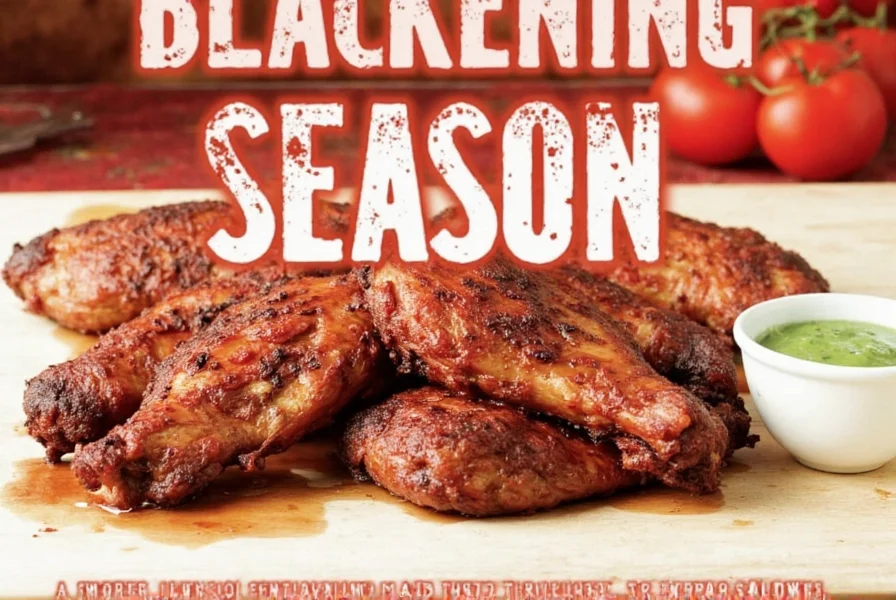
How to Use Blackening Season
Using blackening season is simple, but mastering the technique takes a bit of practice. Here are some ways to incorporate it into your cooking:
- For Fish and Seafood: Coat the fish with blackening season before searing it in a hot skillet. The high heat will create a flavorful crust while keeping the meat tender inside.
- For Chicken and Pork: Rub the seasoning onto the meat before grilling, baking, or pan-searing. It works especially well for bone-in cuts where the spices can penetrate deeper.
- As a Dry Rub: Use it as a dry rub for grilled vegetables, tofu, or even burgers. The spices add a rich, smoky flavor without the need for extra oil.
- In Sauces and Dips: Mix a small amount of blackening season into sauces or dips for an extra kick. It pairs well with creamy or tangy bases.
The key is to apply the seasoning generously and evenly, ensuring it adheres to the surface of the food before cooking. A little goes a long way, so start with a small amount and adjust to taste.
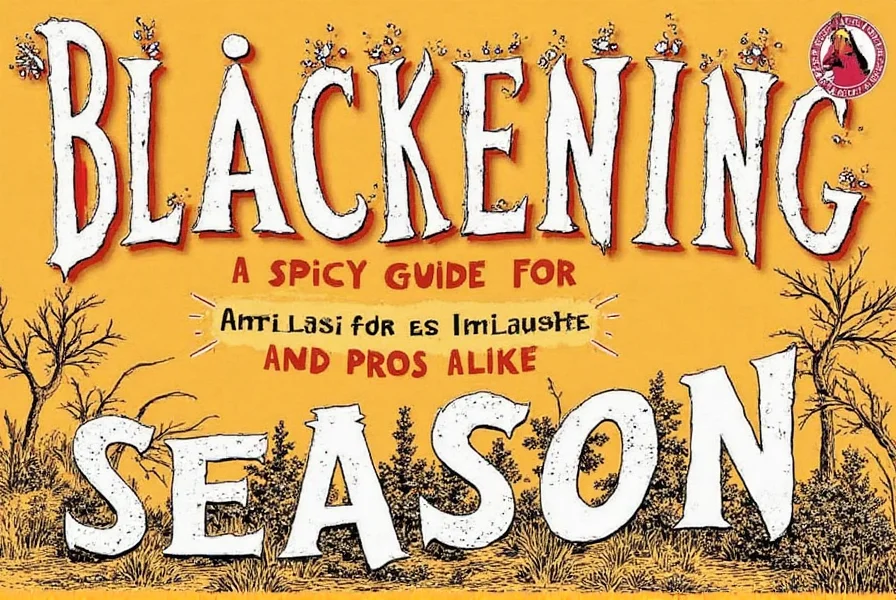
Practical Tips for Cooking with Blackening Season
Whether you're a pro or a beginner, these tips will help you make the most of blackening season:
- Use High Heat: Blackening season is best applied when cooking at high temperatures. This helps the spices caramelize and form that signature crust.
- Season Generously: Don’t be shy with the seasoning. A thick layer of blackening season adds more flavor than a thin one.
- Let It Rest: After cooking, let the food rest for a few minutes before serving. This allows the flavors to settle and the juices to redistribute.
- Pair with Creamy or Sweet Elements: The boldness of blackening season pairs beautifully with creamy sauces, rice, or even a slice of fruit to balance the heat.
- Experiment with Variations: Try adding different spices like smoked paprika, chipotle powder, or even citrus zest to customize your blend.
Remember, the goal is to enhance the natural flavor of the food, not overpower it. With a little experimentation, you can find your perfect balance.
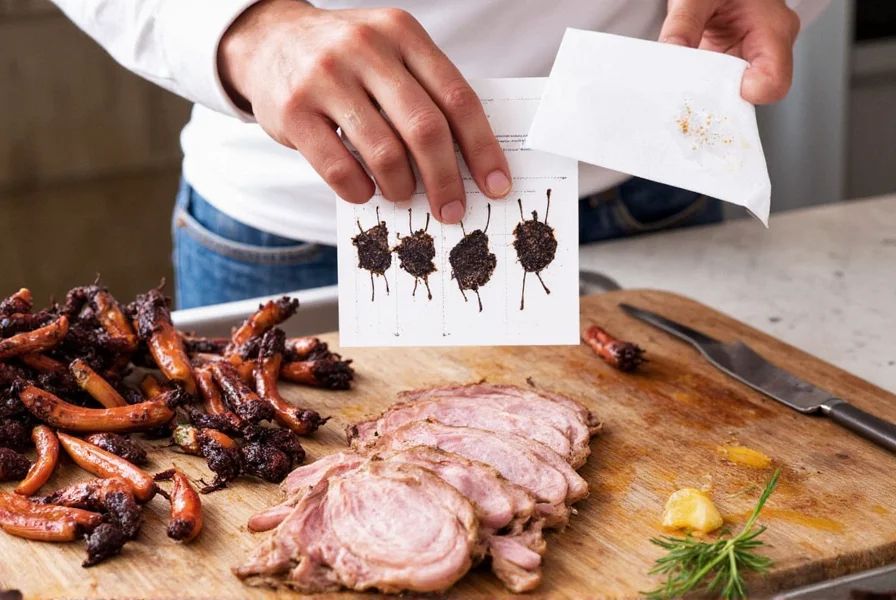
Buying Guide for Blackening Season
If you’re looking to purchase blackening season, there are several options available—store-bought blends, homemade mixes, and specialty brands. Each has its own advantages depending on your needs and preferences.
Store-Bought Blends
Many grocery stores and online retailers offer pre-made blackening season blends. These are convenient and often consistent in flavor. Some popular brands include:
- McCormick Blackening Seasoning: A classic choice with a balanced mix of spices and heat. Ideal for beginners and casual cooks.
- Southern Seasoning Blackening Seasoning: Known for its robust flavor and versatility. Great for seafood, meats, and even roasted vegetables.
- Kroger Blackening Seasoning: A budget-friendly option that delivers solid results without breaking the bank.
These store-bought blends are perfect for those who want convenience and consistency. They’re also a good starting point if you’re new to blackening season.
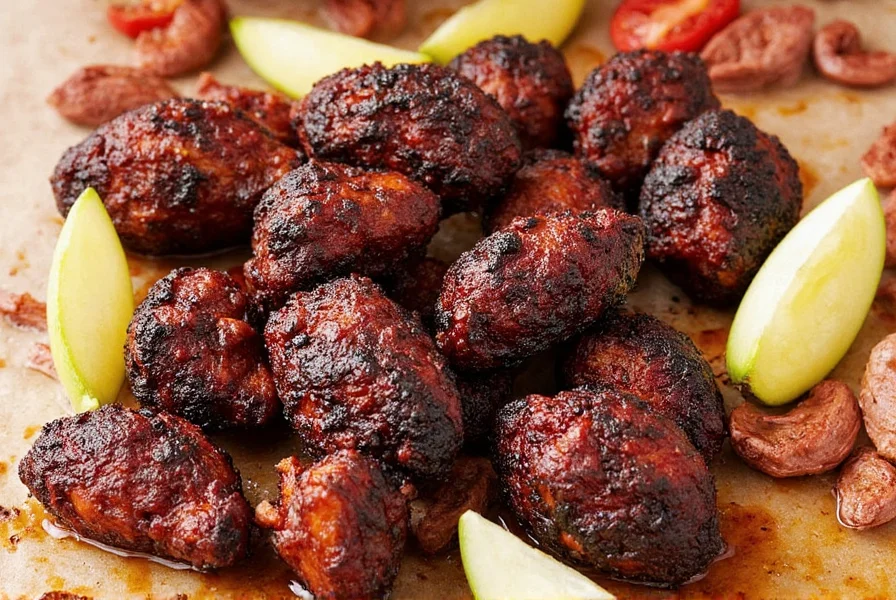
Homemade Blends
For those who enjoy cooking and experimenting, making your own blackening season is a fun and rewarding experience. Here’s a basic recipe you can try:
- 1 tablespoon paprika
- 1 teaspoon cayenne pepper (adjust to taste)
- 1 teaspoon garlic powder
- 1 teaspoon onion powder
- 1 teaspoon black pepper
- 1 teaspoon dried thyme
- 1 teaspoon dried oregano
- Optional: 1 teaspoon brown sugar or mustard for extra depth
Mix all the ingredients together and store in an airtight container. You can customize the proportions to suit your taste. Homemade blends allow for greater control over the heat level and flavor profile.
Specialty Brands
For a more gourmet experience, consider trying specialty brands that focus on unique spice blends and high-quality ingredients. These may come at a higher price but often deliver exceptional flavor and aroma.
| Brand | Features | Best For |
|---|---|---|
| Penzeys Spices | High-quality, artisanal blends | Chefs and spice enthusiasts |
| Trader Joe’s Blackening Seasoning | Good value and consistent quality | Everyday home cooks |
| Simply Organic Blackening Seasoning | Organic and non-GMO | Health-conscious cooks |
When choosing a brand, look for transparency in ingredients and clear labeling. If possible, read reviews or ask for samples to ensure the product meets your expectations.
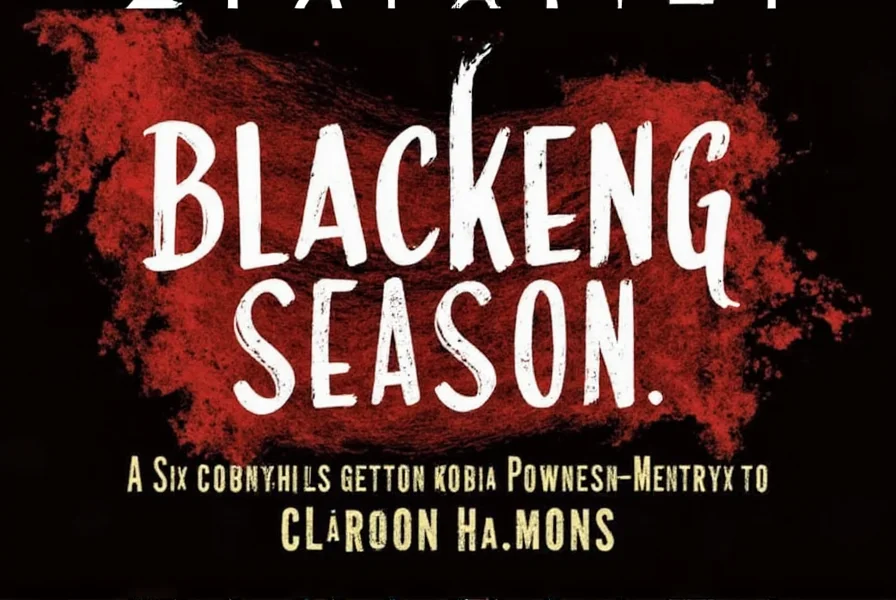
Conclusion
Blackening season is more than just a spice—it’s a flavor revolution that can transform your cooking. From its rich history to its versatile applications, it offers something for everyone. Whether you're using it for a quick weeknight meal or preparing a special dish for guests, blackening season brings a bold, smoky, and slightly spicy punch that’s hard to resist.
As you experiment with blackening season, remember that the key to success lies in balance and creativity. Don’t be afraid to tweak the blend to suit your palate, and always keep an eye on the heat level. With a little practice, you’ll soon be able to unlock the full potential of this incredible spice.
So, go ahead and give blackening season a try. Your taste buds—and your kitchen—will thank you!










 浙公网安备
33010002000092号
浙公网安备
33010002000092号 浙B2-20120091-4
浙B2-20120091-4